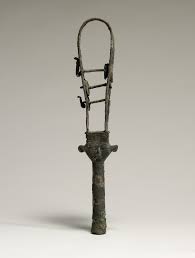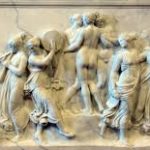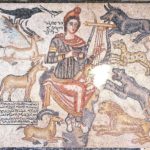Some historians believe that ancient Romans were not as fond of music as Greeks were and music did not form an essential part of their culture. We have only very little information on the ancient Roman history of music. But we see that music was used in ceremonies be it military or religious. Roman music is very much influenced by foreign traditions and so are the Roman Musical Instruments.
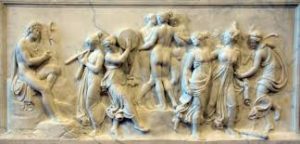
The people of Rome were not eminent musicians. Nevertheless, they enjoyed and encouraged music. Music was important in public gatherings like funerals, public performances, and even wars. Some of the ancient Roman musical instruments are listed below.
Stringed Roman Musical Instruments
Lyre
The lyre was a very popular instrument for centuries. There were four, seven and ten-stringed lyres and they were strummed with a plectrum.
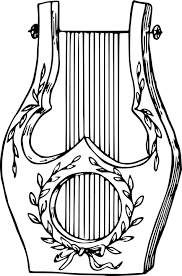
It appeared in various forms and various sizes. The lyre was associated with moderation and virtue which speaks of its mythological background as a peace offering given to Apollo from Hermes.
Epigonion
It was a harp-like instrument having forty strings. We don’t have a clear idea of what it actually looked like, but there have been many references to this instrument in poetry and writing.
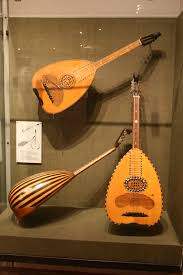
Lute
A small instrument with lock neck, the lute was not a popular instrument. Twin-reed flutes commonly appeared.
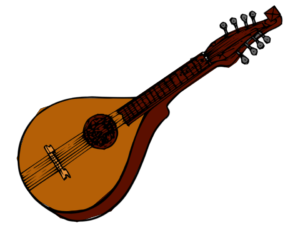
Kithara
Kithara became prominent in around 7th century BC. It was the ‘guitar’ of ancient Romans. It was used for dances, games, and banquets.
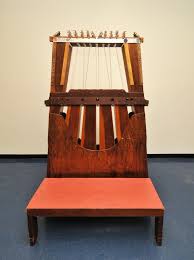
Wind instruments
Lituus
This instrument is depicted in various forms of art. It was a key-less instrument played like a modern bugle. It resembles a small horn and has a length of 1.6 meters.
Tuba
Tuba was a long, straight horn about four feet long borrowed by the Romans from the Estrucans. It was usually made of bronze and had a detachable bone mouthpiece. I
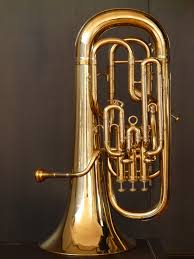
t became prominent in the military activities at around 500 BC. The tuba could be used to make bugle sounds.
Aulos
There was a mythological story associated with this instrument. It was believed, was found by the satyr Marsyas after Athena threw it away when she realized that her face became contorted whenever she tried to play the aulos. Aulis had two reed pipes used by the players to blow into.
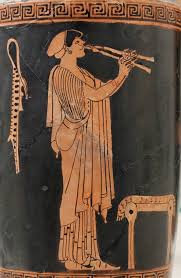
Cornu
Cornu was a bronze-made musical instrument curved like G. It was used mainly during wars. It had a crossbar which helped the player to rest the instrument on his shoulder. It had a conical bore and a mouthpiece made out of bone.
Percussion Instruments
Tympani
Tympani or Tambourine was used in celebrations such as theatres and shows.
Sistra
It was mainly used for religious purposes and had two strings strung with noise making metal attached.
